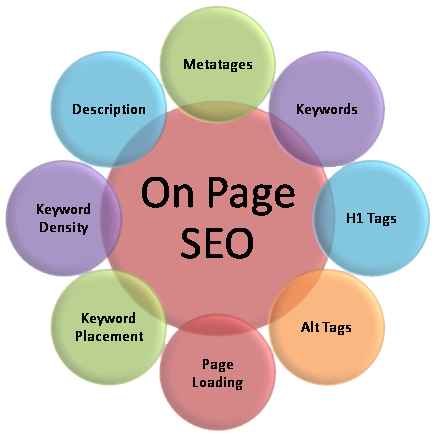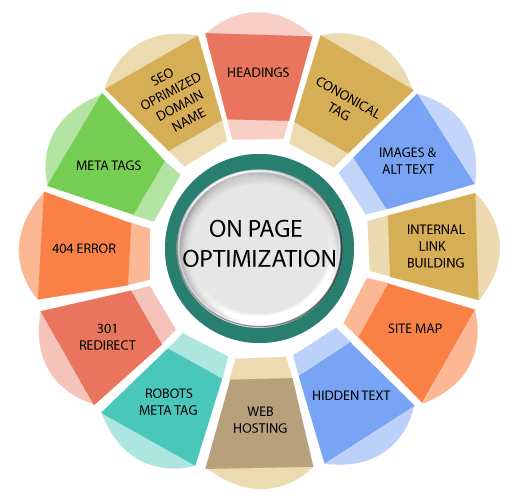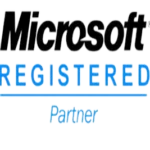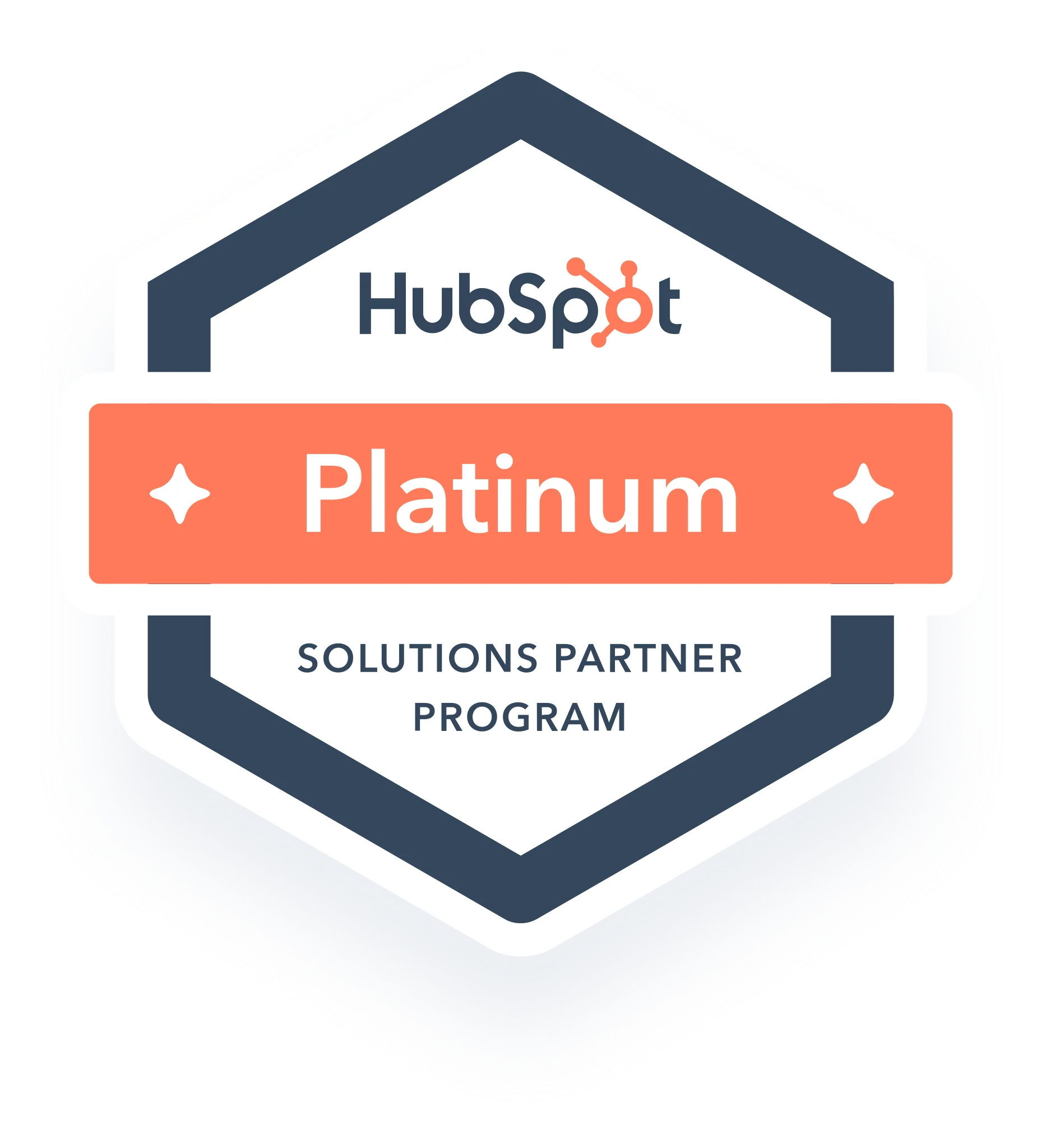
A Practical Guide to On-Page Optimization Techniques
A Practical Guide to On-Page Optimization Techniques
What is on-page SEO
On-page SEO (sometimes called on-site SEO) is the process of optimizing parts of your webpages so they rank higher on search engines and get more search engine traffic.

Why is on-page SEO important?
Search engines use keywords and other on-page SEO elements to check whether a page matches a user’s search intent. And if the page is relevant and useful, Google serves it to the user. In other words, Google pays attention to on-pages SEO signals when ranking pages.

Importance of on-page SEO
On-page SEO refers to the optimization techniques you can implement within your blog post to improve its visibility and rankings in search engine results pages (SERPs) Here are some key on-page SEO factors to consider for your blog post
- Keyword Research: Identify relevant keywords or phrases that users are searching for and incorporate them naturally throughout your blog post. Use tools like Google Keyword Planner, SEMrush, or Ahrefs to find suitable keywords.
- Title Tag: Craft a compelling and concise title tag (typically under 70 characters) that includes your primary keyword. Place it within the <title> tags of your HTML document.
- URL Structure: Create a clean and descriptive URL for your blog post that includes your target keyword. Avoid using long complex URLs with unnecessary parameters or numbers
- Heading Tags: Use heading tags (H1, H2, H3, etc.) to structure your content and make it more scannable for readers and search engines. Include your primary keyword in at least one heading tag (usually H1).
- Meta Description: Write an informative and engaging meta description (around 160 characters) that summarizes your blog post’s content. Although it doesn’t directly impact rankings, it can influence click-through rates from search results.
- Content Optimization: Create high-quality, relevant, and comprehensive content that satisfies user intent. Incorporate your target keyword naturally throughout the post, but avoid overstuffing. Aim for a keyword density of 1-2%.
- Image Optimization: Optimize images by compressing them for faster loading speed and including descriptive filenames and alt tags that include your target keyword when relevant.
- Internal and External Linking: Include relevant internal links to other pages on your website to enhance navigation and provide additional value to readers. Also, link to reputable external sources to support your content’s credibility.
- Mobile-Friendliness: Ensure your blog post and website are responsive and mobile- friendly, as mobile usability is a crucial ranking factor. Test your site using Google’s Mobile-Friendly
- Page Loading Speed: Optimize your blog post’s loading by minimizing file leveraging caching, and using content delivery networks (CDNs) if necessary. Google’s PageSpeed Insights can help identify areas for improvement.
- Social Sharing: Make it easy for readers to share your blog post on social media platforms by including social sharing buttons.
Conclusion
on-page SEO plays a vital role in optimizing your blog posts for search engines and improving their visibility in search results. By implementing on-page SEO techniques, you can enhance your chances of ranking higher and attracting more organic traffic to your website
Reference
Here are some ideas for reference content that you can consider:














